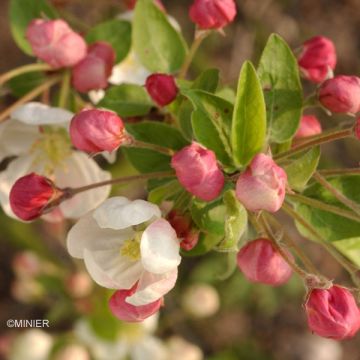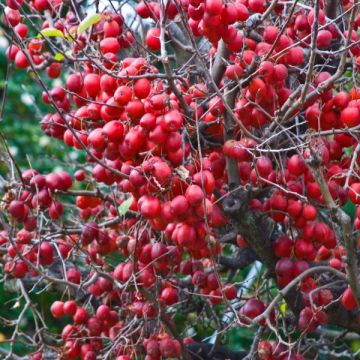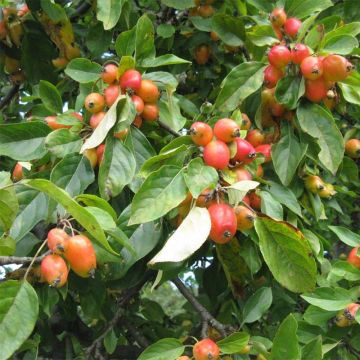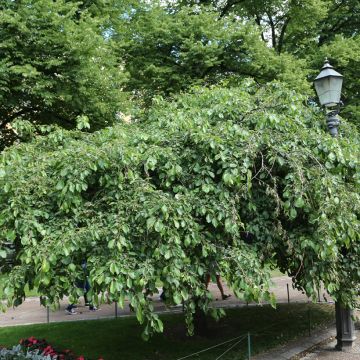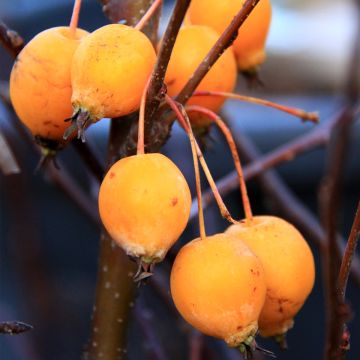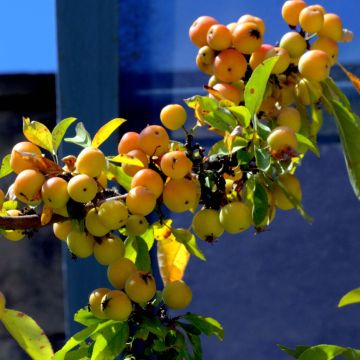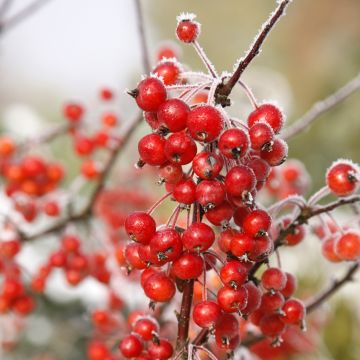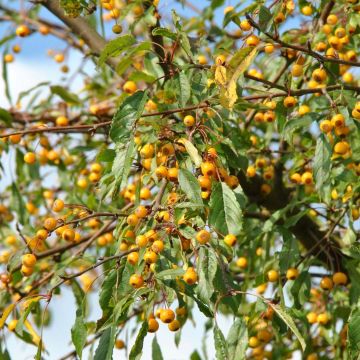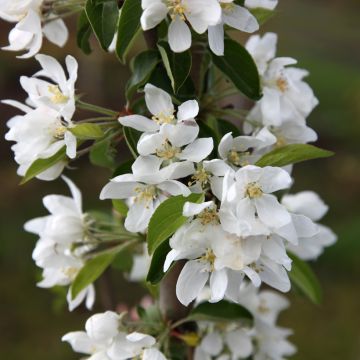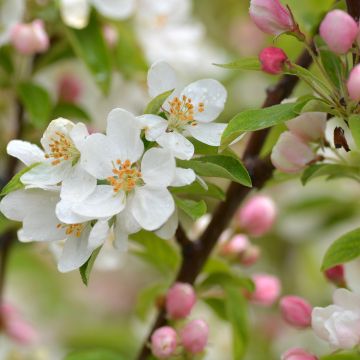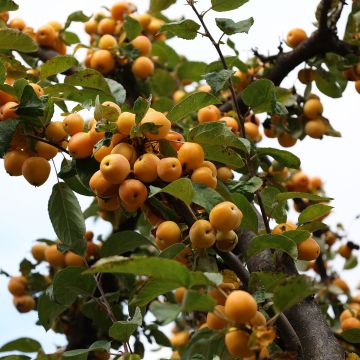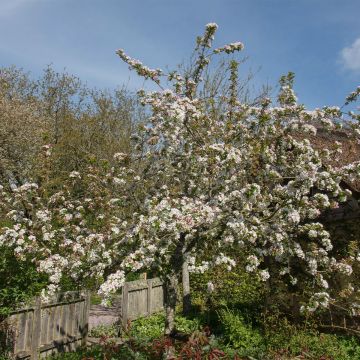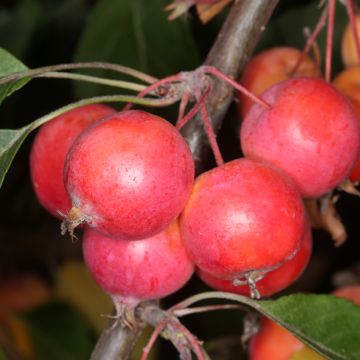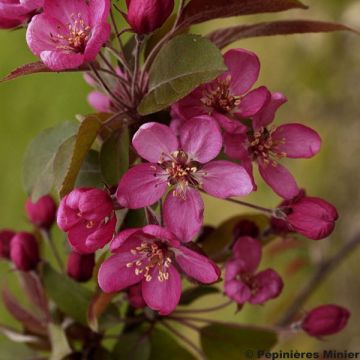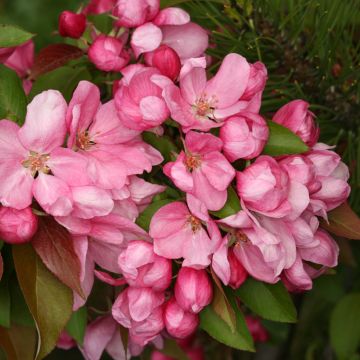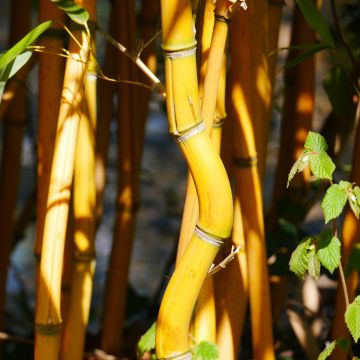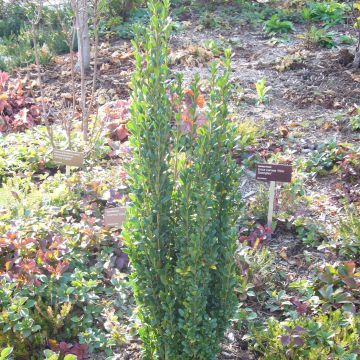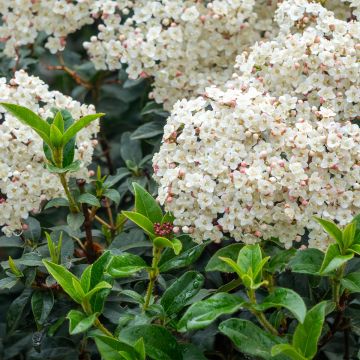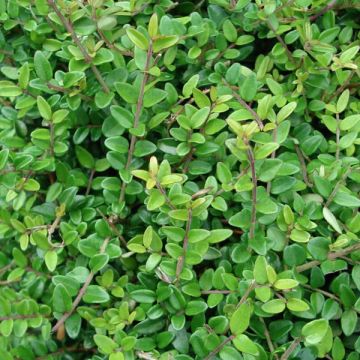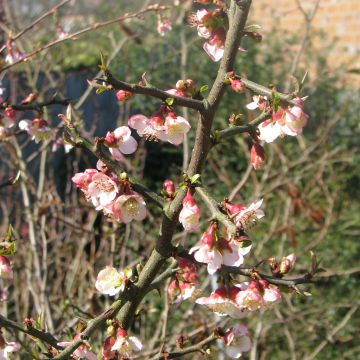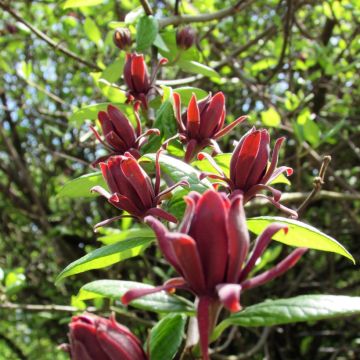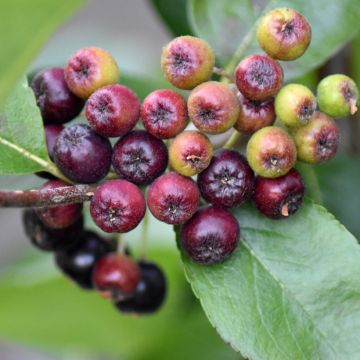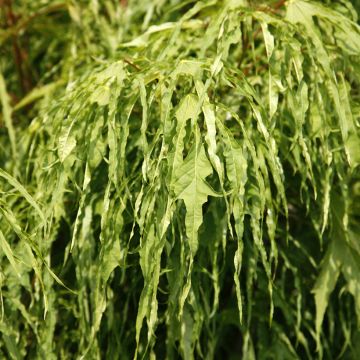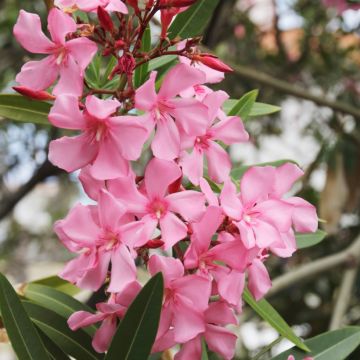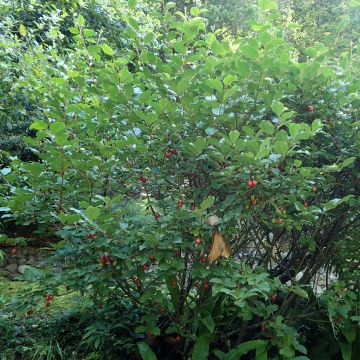Shipping country and language
Your country of residence may be:
Your country of residence is:
For a better user experience on our website, you can select:
Your shipping country:
-
Andorra
-
Austria
-
Belgium
-
Bulgaria
-
Canada
-
Chile
-
Croatia
-
Cyprus
-
Czechia
-
Denmark
-
Estonia
-
Finland
-
France
-
Germany
-
Greece
-
Hungary
-
Iceland
-
Ireland
-
Italy
-
Latvia
-
Lithuania
-
Luxembourg
-
Malta
-
Monaco
-
Netherlands
-
Poland
-
Portugal
-
Romania
-
Slovakia
-
Slovenia
-
Spain
-
Sweden
-
Switzerland
-
United Kingdom
We only deliver seed and bulb products to your country. If you add other products to your basket, they cannot be shipped.
Language:
-
French
-
German
-
Spanish
-
English
-
Italian
My Account
Hello
My wish lists
Log in / Register
Existing customer?
New customer?
Create an account to track your orders, access our customer service and, if you wish, make the most of our upcoming offers.
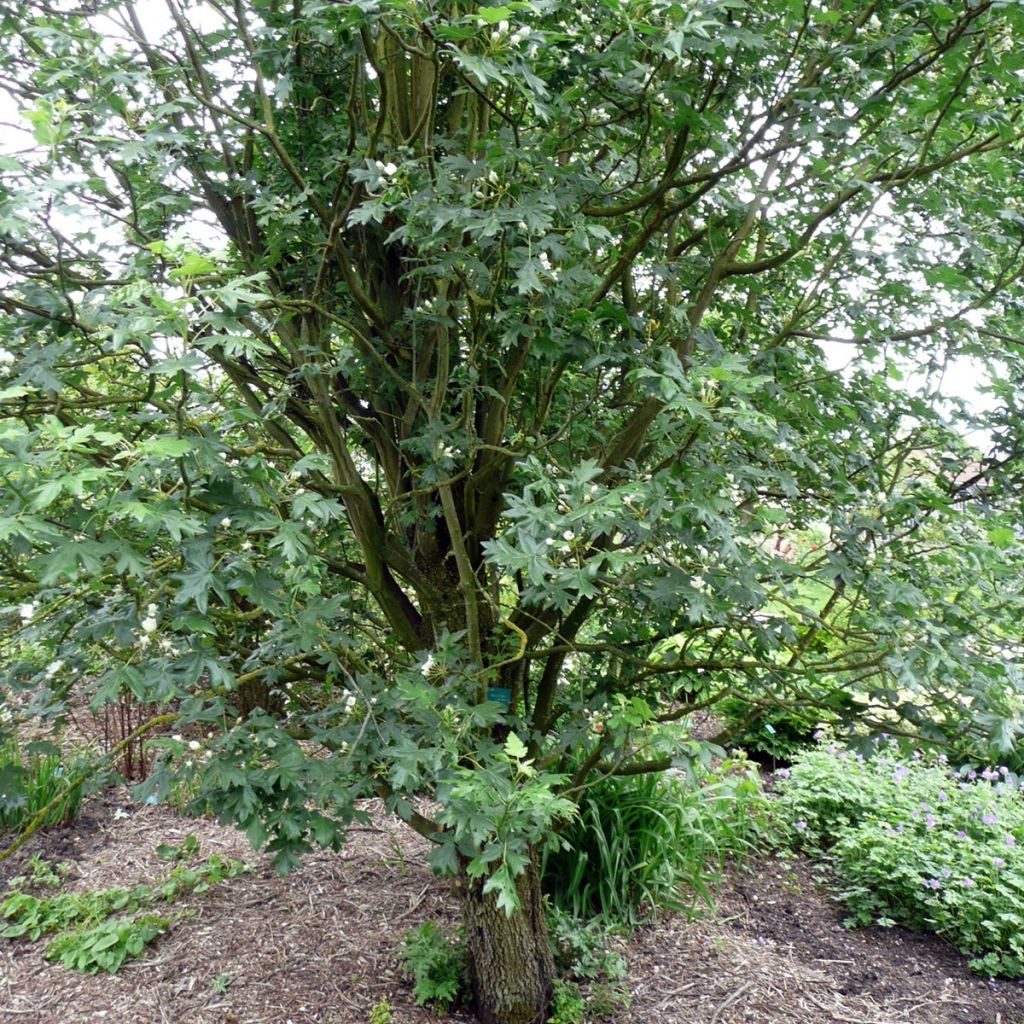

Malus trilobata - Crab Apple
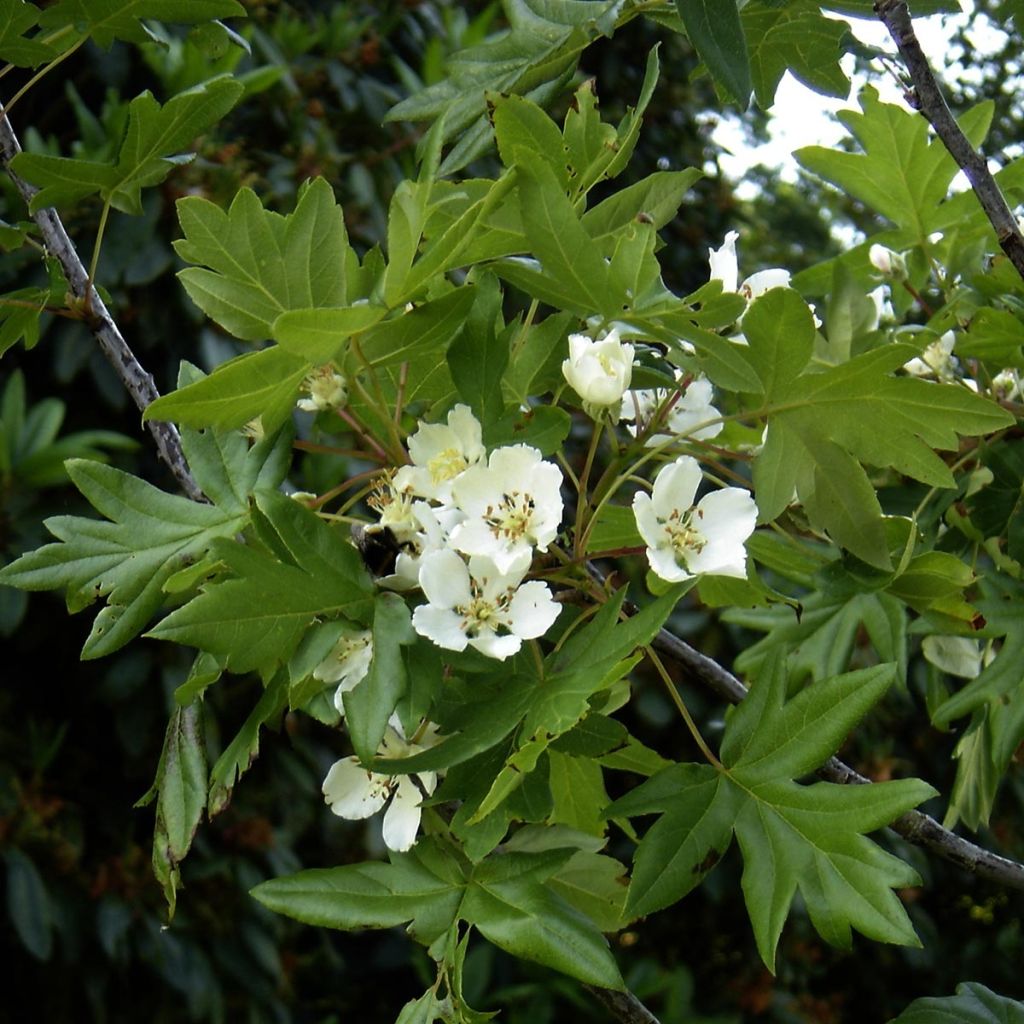

Malus trilobata - Crab Apple
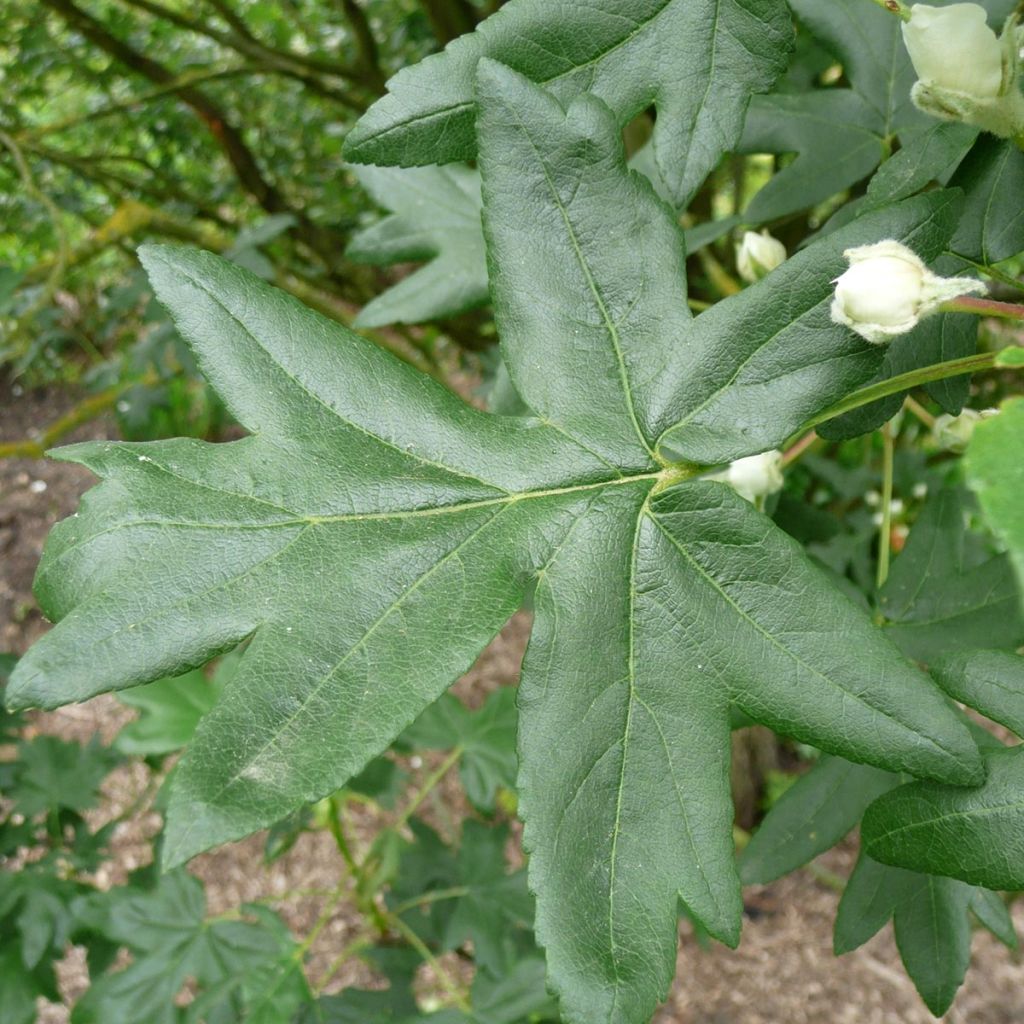

Malus trilobata - Crab Apple
Malus trilobata - Crab Apple
Malus trilobata
Lebanese Wild Apple, Three-lobed Apple Tree, Trilobed Apple Tree
Why not try an alternative variety in stock?
View all →Order in the next for dispatch today!
Dispatch by letter from €3.90.
Delivery charge from €5.90 Oversize package delivery charge from €6.90.
More information
This item is not available in your country.
Schedule delivery date,
and select date in basket
This plant carries a 24 months recovery warranty
More information
We guarantee the quality of our plants for a full growing cycle, and will replace at our expense any plant that fails to recover under normal climatic and planting conditions.
Oversize package: home delivery by special carrier from €6.90 per order..
Express home delivery from €8.90.
Does this plant fit my garden?
Set up your Plantfit profile →
Description
Malus trilobata is a species of apple tree, particularly decorative with its small yellow then red fruits that adorn the garden until early winter! It is a small tree with a regular pyramid habit, making it particularly suitable for smaller gardens and planting in rows. Its simple white flowers appear in June and attract many pollinators, while its fruits are highly appreciated by birds. Its small, dark green trilobed leaves turn yellow and bright red before falling in autumn. A vigorous and hardy species that adapts to all types of normal soil in full sun or partial shade.
Ornamental apple trees come from various botanical species of the genus Malus belonging to the rose family. Hardy, accommodating, and easy to grow, flowering apple trees can thrive in ordinary soil but prefer well-drained, deep, loose, and moist soil, as well as sunny exposures. Once established, they can withstand being neglected while maintaining their generous nature. Numerous cultivars have been developed, both in Europe and the United States, becoming increasingly attractive and disease-resistant. Malus trilobata or Three-Lobed Apple is a species native to the northeast Mediterranean. It is sometimes still classified under the name Eriolobus trilobata.
A large shrub or small tree, the three-lobed apple tree has an upright and then pyramidal habit in its youth. Over time, the crown becomes rounded, resembling the shape of a broad pyramid. At maturity, it reaches an average size of 6m (20ft) in height and 3m (10ft) in spread. It maintains a harmonious shape without needing pruning and develops a fine wood covered with a grey-brown bark.
Flowering starts in June, with numerous white buds. They open into simple flowers, 2.5 to 3.5 cm (1in) in diameter, white in colour, dotted with yellow stamens and orange-brown anthers, carried by pretty reddish pedicels. The flowers are followed by the formation of a multitude of small, round, and slightly oval, yellow then red apples, about 2 cm (1in) in diameter. Highly appreciated by birds, this fruit remains attached to the shrub until early winter. The deciduous foliage consists of trilobed leaves with lobed and dentate margins, similar in appearance to hawthorn or maple leaves. Initially dark green, they turn yellow and bright red in autumn.
Malus trilobata, like many ornamental apple trees, is a good pollinator for early-flowering fruit trees. Its flowering, although not abundant, is bright and is followed by the beauty of the foliage in autumn and the fruits. The shape adds to the charm of this remarkable plant. It will find its place in small to large gardens, in an informal hedge, accompanied, for example, by large shrubs or climbing roses trained as shrubs, evergreen Viburnums, or lilacs. When space allows, ornamental apple trees planted in a large hedge on a slope create a quite magical scene in spring and autumn with their often sumptuous colours at the end of the season.
Report an error about the product description
Malus trilobata - Crab Apple in pictures
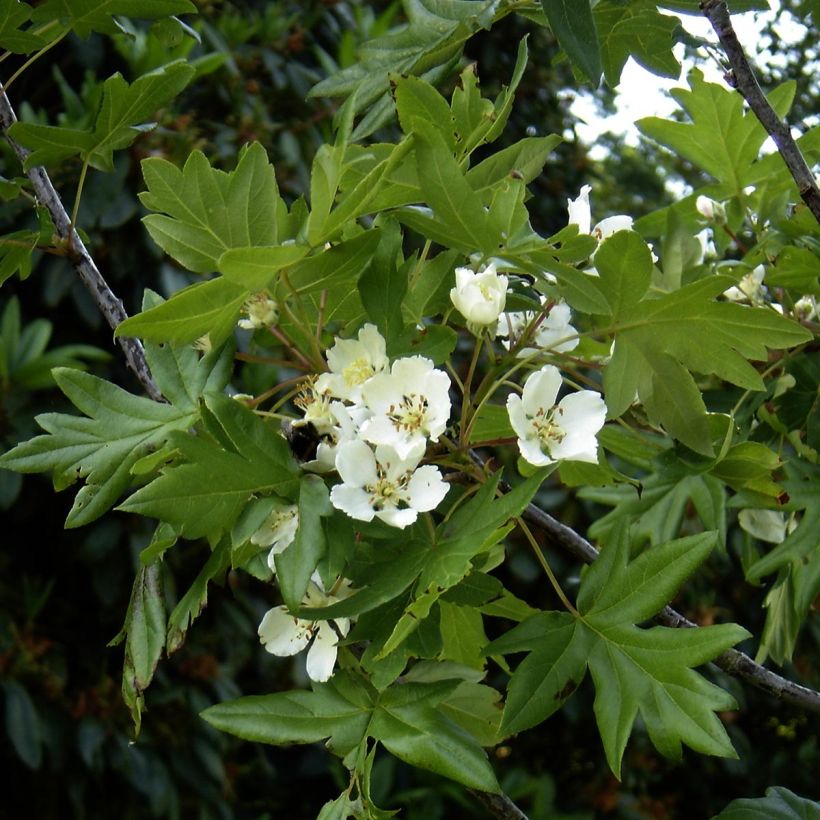

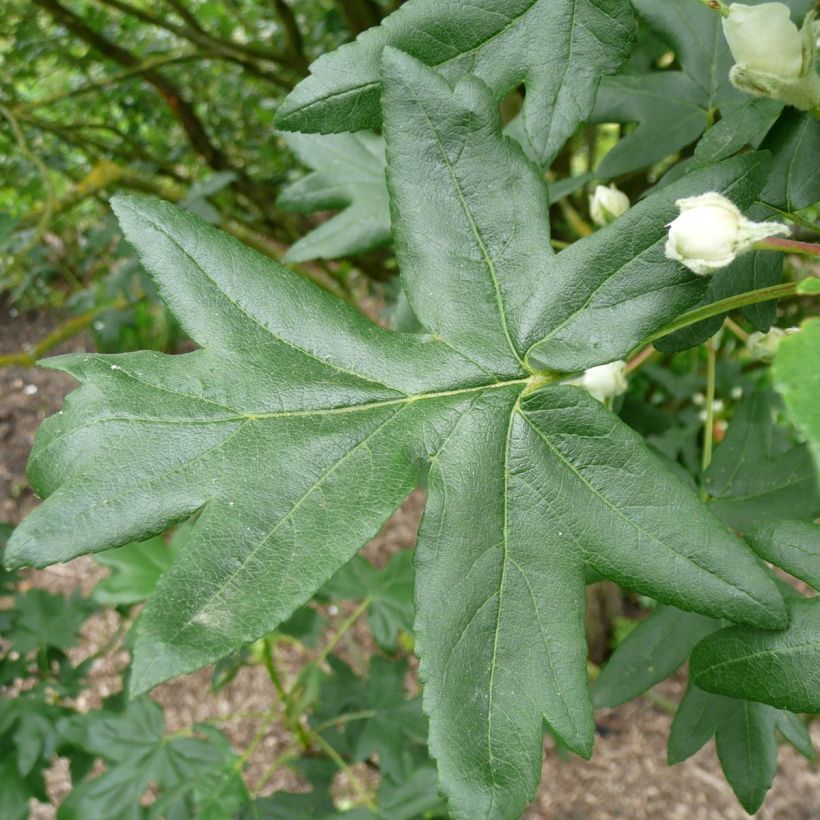

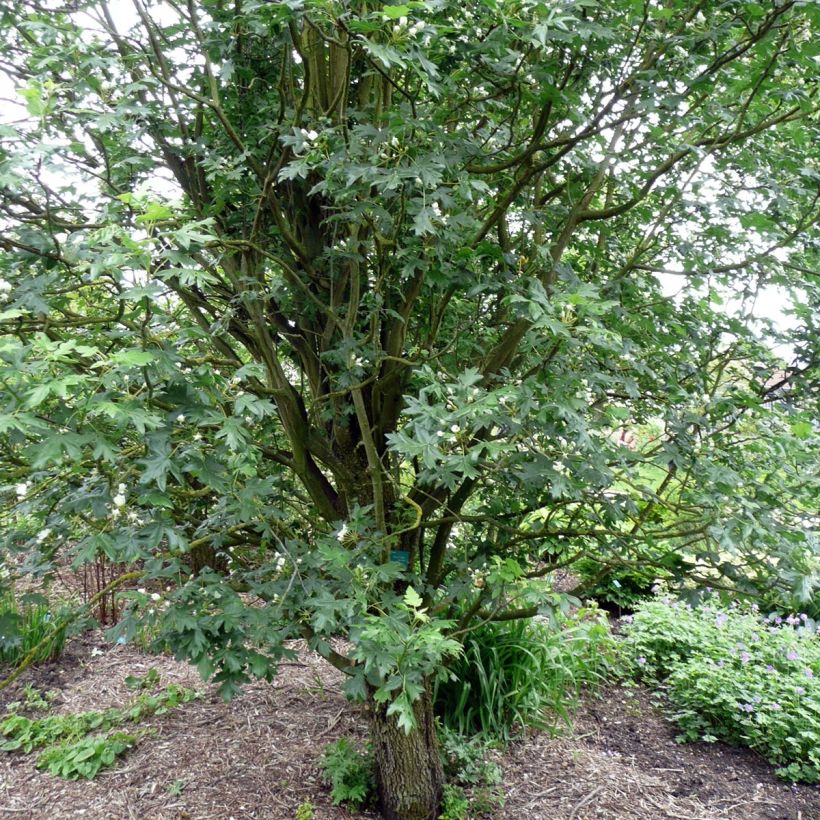

Plant habit
Flowering
Foliage
Botanical data
Malus
trilobata
Rosaceae
Lebanese Wild Apple, Three-lobed Apple Tree, Trilobed Apple Tree
Cultivar or hybrid
Other Malus - Crabapple
Planting and care
Easy to grow in ordinary but deep soil, Malus trilobata requires a bright to semi-shaded position. Ornamental Malus trees are generally very accommodating, but they prefer fertile, moist and deep soils. After careful planting accompanied by regular watering during the first two years, they can manage on their own. Place it in the sun or semi-shade in cool, fairly rich, but well-drained soil, giving it room to spread. Dig a large planting hole. If the soil is poor, add compost to the planting soil and apply fertilizer or compost around the base of this plant every spring.
Planting period
Intended location
Care
This item has not been reviewed yet - be the first to leave a review about it.
Hedge shrubs
Haven't found what you were looking for?
Hardiness is the lowest winter temperature a plant can endure without suffering serious damage or even dying. However, hardiness is affected by location (a sheltered area, such as a patio), protection (winter cover) and soil type (hardiness is improved by well-drained soil).

Photo Sharing Terms & Conditions
In order to encourage gardeners to interact and share their experiences, Promesse de fleurs offers various media enabling content to be uploaded onto its Site - in particular via the ‘Photo sharing’ module.
The User agrees to refrain from:
- Posting any content that is illegal, prejudicial, insulting, racist, inciteful to hatred, revisionist, contrary to public decency, that infringes on privacy or on the privacy rights of third parties, in particular the publicity rights of persons and goods, intellectual property rights, or the right to privacy.
- Submitting content on behalf of a third party;
- Impersonate the identity of a third party and/or publish any personal information about a third party;
In general, the User undertakes to refrain from any unethical behaviour.
All Content (in particular text, comments, files, images, photos, videos, creative works, etc.), which may be subject to property or intellectual property rights, image or other private rights, shall remain the property of the User, subject to the limited rights granted by the terms of the licence granted by Promesse de fleurs as stated below. Users are at liberty to publish or not to publish such Content on the Site, notably via the ‘Photo Sharing’ facility, and accept that this Content shall be made public and freely accessible, notably on the Internet.
Users further acknowledge, undertake to have ,and guarantee that they hold all necessary rights and permissions to publish such material on the Site, in particular with regard to the legislation in force pertaining to any privacy, property, intellectual property, image, or contractual rights, or rights of any other nature. By publishing such Content on the Site, Users acknowledge accepting full liability as publishers of the Content within the meaning of the law, and grant Promesse de fleurs, free of charge, an inclusive, worldwide licence for the said Content for the entire duration of its publication, including all reproduction, representation, up/downloading, displaying, performing, transmission, and storage rights.
Users also grant permission for their name to be linked to the Content and accept that this link may not always be made available.
By engaging in posting material, Users consent to their Content becoming automatically accessible on the Internet, in particular on other sites and/or blogs and/or web pages of the Promesse de fleurs site, including in particular social pages and the Promesse de fleurs catalogue.
Users may secure the removal of entrusted content free of charge by issuing a simple request via our contact form.
The flowering period indicated on our website applies to countries and regions located in USDA zone 8 (France, the United Kingdom, Ireland, the Netherlands, etc.)
It will vary according to where you live:
- In zones 9 to 10 (Italy, Spain, Greece, etc.), flowering will occur about 2 to 4 weeks earlier.
- In zones 6 to 7 (Germany, Poland, Slovenia, and lower mountainous regions), flowering will be delayed by 2 to 3 weeks.
- In zone 5 (Central Europe, Scandinavia), blooming will be delayed by 3 to 5 weeks.
In temperate climates, pruning of spring-flowering shrubs (forsythia, spireas, etc.) should be done just after flowering.
Pruning of summer-flowering shrubs (Indian Lilac, Perovskia, etc.) can be done in winter or spring.
In cold regions as well as with frost-sensitive plants, avoid pruning too early when severe frosts may still occur.
The planting period indicated on our website applies to countries and regions located in USDA zone 8 (France, United Kingdom, Ireland, Netherlands).
It will vary according to where you live:
- In Mediterranean zones (Marseille, Madrid, Milan, etc.), autumn and winter are the best planting periods.
- In continental zones (Strasbourg, Munich, Vienna, etc.), delay planting by 2 to 3 weeks in spring and bring it forward by 2 to 4 weeks in autumn.
- In mountainous regions (the Alps, Pyrenees, Carpathians, etc.), it is best to plant in late spring (May-June) or late summer (August-September).
The harvesting period indicated on our website applies to countries and regions in USDA zone 8 (France, England, Ireland, the Netherlands).
In colder areas (Scandinavia, Poland, Austria...) fruit and vegetable harvests are likely to be delayed by 3-4 weeks.
In warmer areas (Italy, Spain, Greece, etc.), harvesting will probably take place earlier, depending on weather conditions.
The sowing periods indicated on our website apply to countries and regions within USDA Zone 8 (France, UK, Ireland, Netherlands).
In colder areas (Scandinavia, Poland, Austria...), delay any outdoor sowing by 3-4 weeks, or sow under glass.
In warmer climes (Italy, Spain, Greece, etc.), bring outdoor sowing forward by a few weeks.
